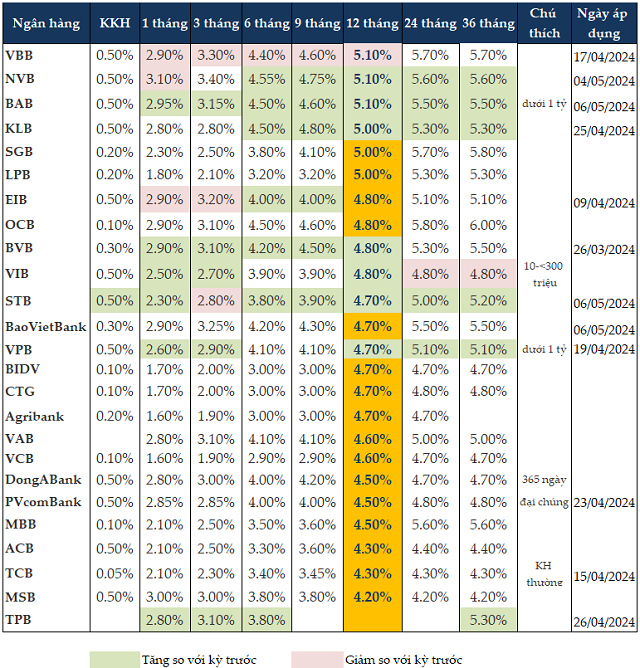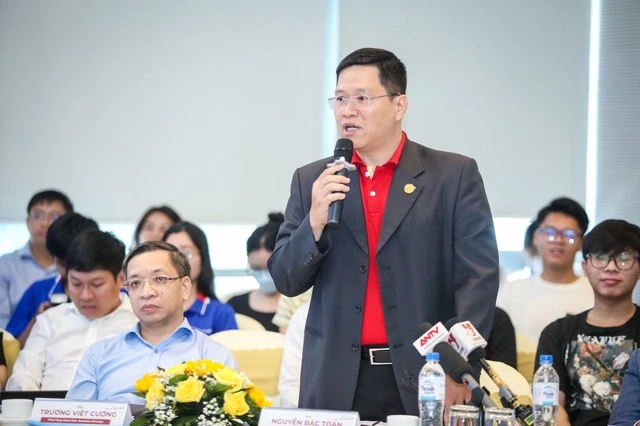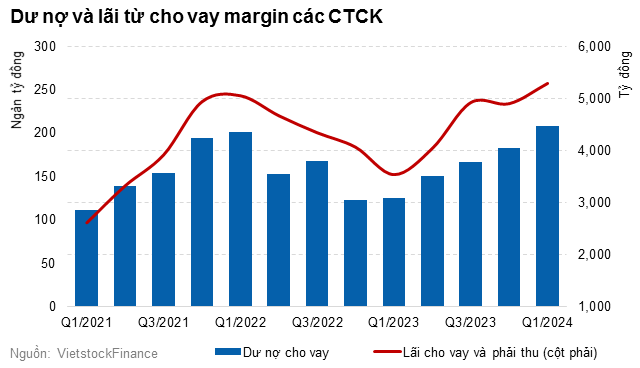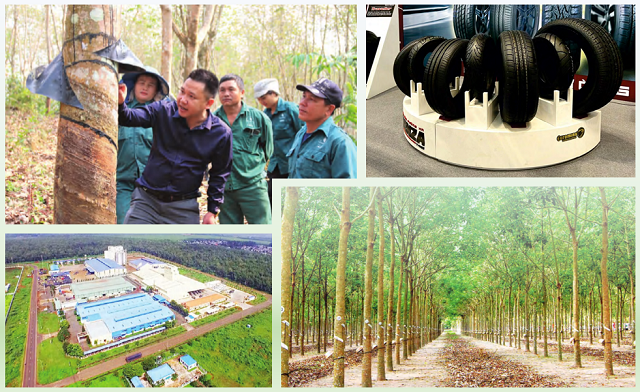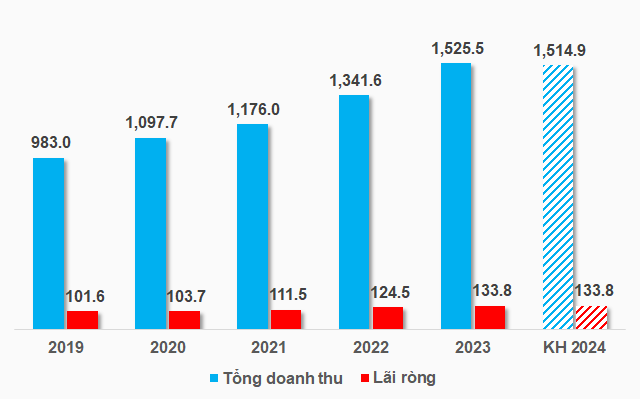Saigon on April 26 organized full-line trial runs of metro line No. 1 (Ben Thanh-Suoi Tien). Guests attending this test run were leaders of representative agencies of foreign countries in Saigon; representative leaders of press agencies in the city and, notably, Dien Bien Phu veterans.
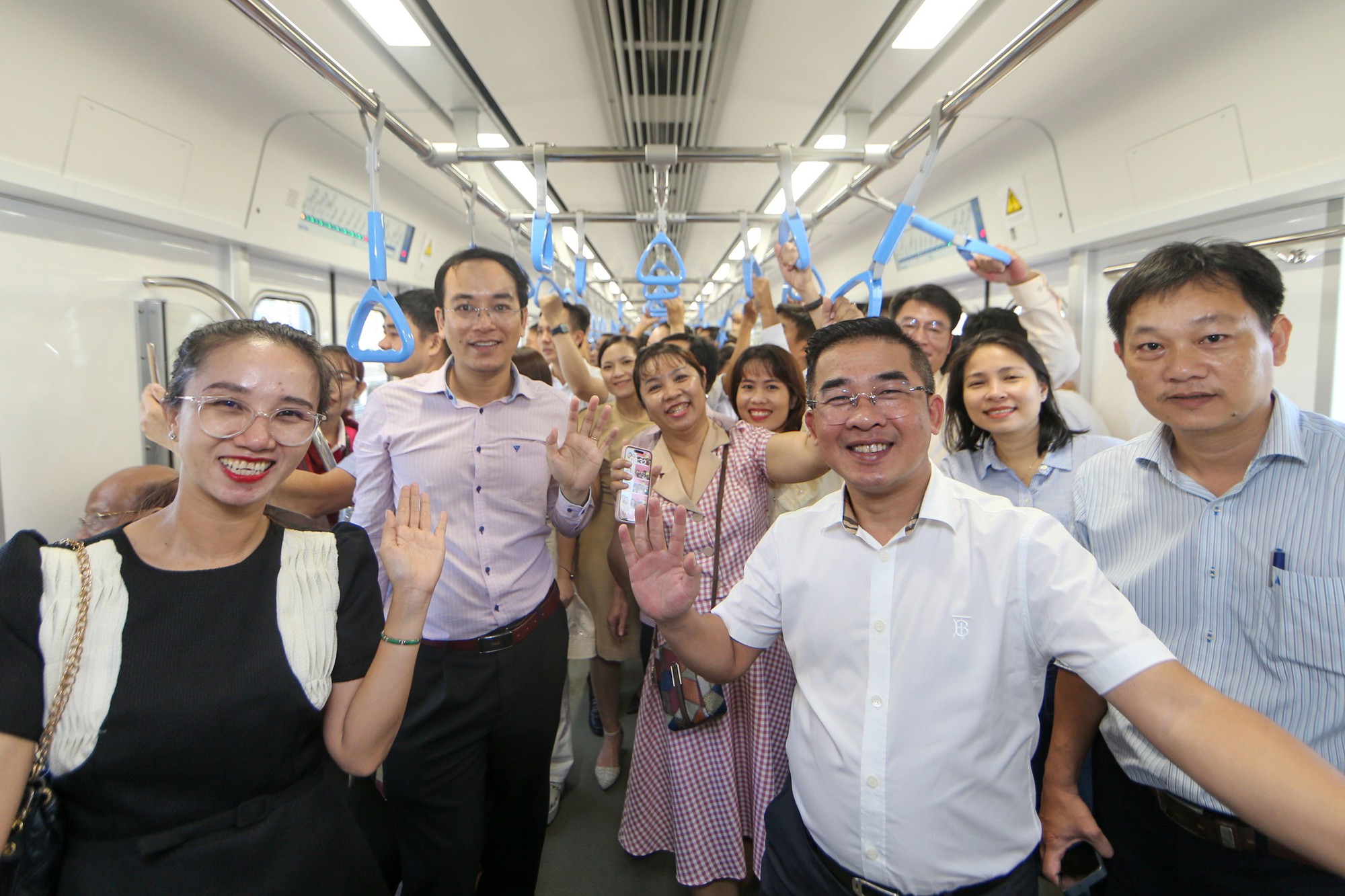
Passengers experience the metro line No. 1 test run. Photo: HOANG TRIEU
Welcoming special guests
Before the train runs, Vice Chairman of Saigon People’s Committee Bui Xuan Cuong introduced the metro line No. 1 project to the delegates. The event to test-run the full line of metro line No. 1 this time is even more significant when it is organized on the occasion of the 49th anniversary of the Liberation of the South, Reunification of the country, and the 138th anniversary of the International Labor Day.
Mr. Cuong also believes that the experiences on metro line No. 1 will help the delegates better understand Saigon’s future transportation development orientation. The test run is a special occasion because Saigon wants to listen to the delegates’ feedback. Thereby, better perfecting the passenger experience when traveling on metro line No. 1.
According to Mr. Cuong, Saigon is preparing to put metro line No. 1 into operation, starting the construction of metro line No. 2. Besides, it focuses on completing the development plan for the Saigon urban railway system to be basically completed by 2035. Mr. Cuong said that this is a stage in which Saigon is in great need of technical support to contribute to improving the capacity of the train drivers and operating the stations. Therefore, he hopes that the Consuls General of the countries in Saigon will help connect the city with international partners so that metro line No. 1 will be operated effectively with international standards.
Mr. Agustaviano Sofjan, Consul General of Indonesia in Saigon, said that he is very pleased that Saigon’s metro line No. 1 is nearing completion. Metro No. 1 is a very important project, bringing many benefits to people and visitors to Saigon. In the future, metro line No. 1 will play a crucial role in Saigon’s development. This is also an environmentally friendly form of public transport. “Countries in the Southeast Asian region can learn from the experiences in building Saigon’s metro line No. 1 to apply to their country,” said Mr. Agustaviano Sofjan.
Participating in the test run, Mr. Kho Ngee Seng Roy, Consul General of Singapore in Saigon, felt that the trip was very smooth and comfortable. After being fully operational, metro line No. 1 will completely change the face of the urban area in Saigon. Metro line No. 1 will not only make it convenient for people to travel but will also solve the traffic congestion that has been a headache in Saigon.
Dien Bien Phu veteran Tran Quang Trieu (former Deputy Commander of Corps 4) felt that metro line No. 1 reflects the country’s economic development, especially that of Saigon. According to him, when metro line No. 1 officially comes into service, it will solve traffic jams. People’s lives will also be improved in a more civilized and modern way. He also hopes that in the future, Saigon will have more metro lines so that people can use this modern means of public transport.
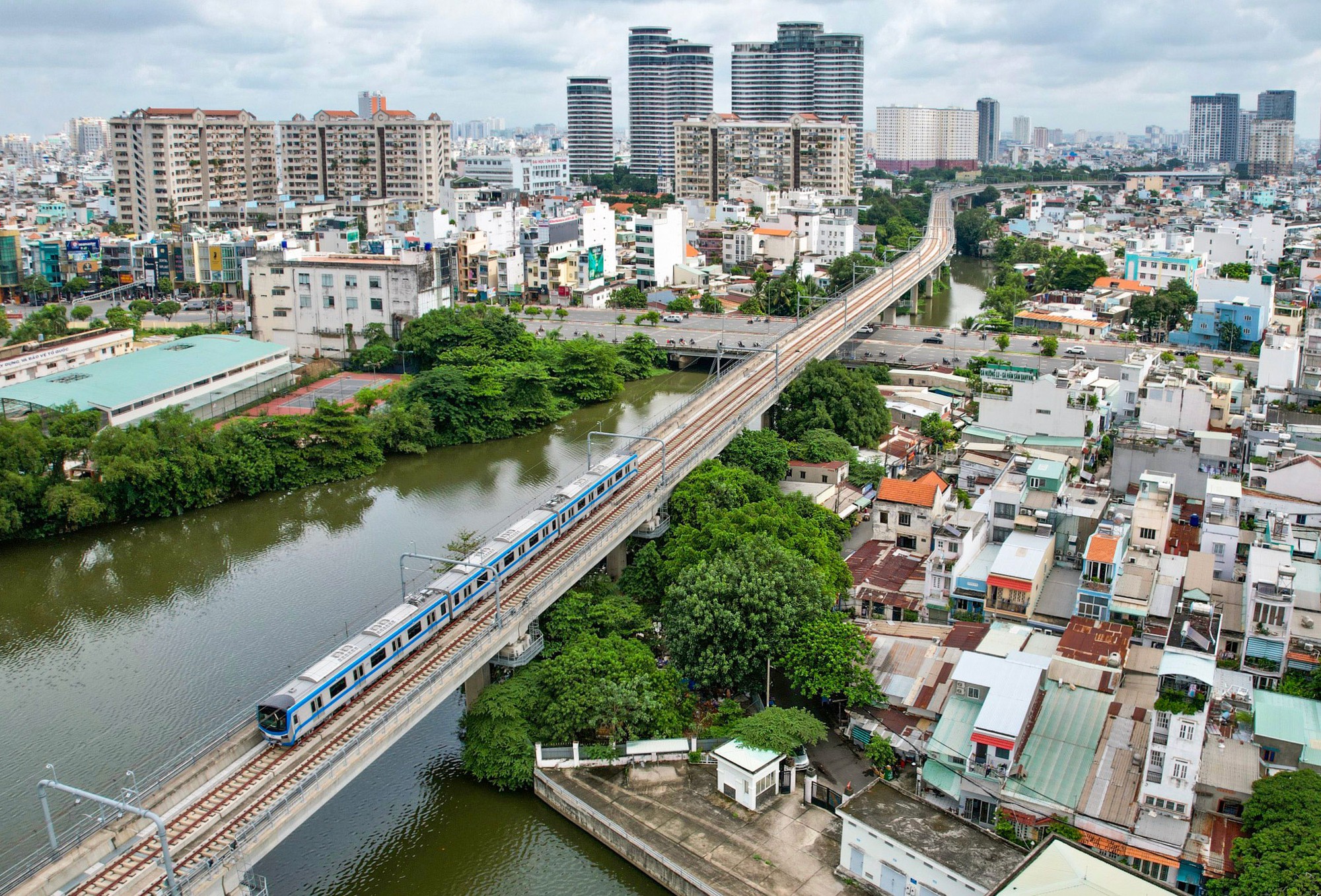
First time operating automatically
According to Mr. Nguyen Quoc Hien, Deputy Head of the Saigon Urban Railway Management Authority (MAUR), at this train run, the metro line No. 1 trains were prepared and operated entirely in ATO/ATP automatic mode. The trial run of the train in ATO/ATP mode aims to finalize and integrate the systems such as: signaling system, platform screen doors, information, etc.
Mr. Hien also said that in parallel with the testing process, the training of employees is also underway. After completing the practical training, the metro line No. 1 project will move to the test operation stage for about 2 months before being put into official operation in the fourth quarter of this year. The recent time has shown that the need to develop a TOD model (Transit Oriented Development of large capacity and high-speed public transport) has emerged. There are many existing TOD areas along metro line No. 1, around the stations in District 1, Binh Thanh and Thu Duc City. Specifically, high-rise buildings have been built to facilitate easy access to the stations for people. “Developing TOD associated with urban railways is a way of integrating and supporting each other to solve the problem of urban development, aesthetics, development, and creating resources for urban infrastructure,” said Mr. Hien.
The Deputy Head of MAUR said that after the National Assembly approved the implementation of Resolution 98, Saigon has been very active in deploying the TOD model. Currently, Saigon has also set up a steering committee and working group chaired by the Department of Planning and Architecture. These units will coordinate with departments, sectors, and localities to readjust the planning in combination with urban development in the areas around the stations and along the metro lines. “In the future, all areas around the stations will be adjusted in terms of planning, creating the most favorable conditions for people to access the stations. TOD is a common, mandatory, and intrinsic trend in the urban development process,” Mr. Hien insisted.
Mr. Yoon Chang-woo – Vice Chairman of the Korean Chamber of Commerce in Vietnam (KOCHAM), General Director of POSCO Vietnam – commented: “The event of testing the automatic operation of the entire metro line No. 1 is a very positive development step of Saigon. Although I have traveled by subway many times in Korea, I am very impressed with the comfort and convenience of metro line No. 1. I believe that this is a memorable milestone, showing the economic growth rate of Vietnam and the great beneficiary of this is the people of Saigon”.
According to Mr. Yoon Chang-woo, new infrastructure is a factor that attracts foreign investors. He hopes that POSCO Vietnam and Korean businesses will consider metro line No. 1 as a big plus to continue expanding investment in Vietnamese industries. He said he was very impressed that metro No. 1 has many stations on the elevated section, which is very different from his country. “This will allow passengers to enjoy the city’s scenery. This will also be a positive factor for tourists visiting Vietnam,” said Mr. Yoon Chang-woo.
Ticket price from only 12,000 VND
According to the planning, Saigon will have 8 metro lines. Including metro lines No. 1, 2, 3a, 3b, 4, 4b, 5 and 6. Up to now, MAUR has started to build metro line No. 1 and preparations for the construction of metro line No. 2 (Ben Thanh – Tham Luong). The remaining metro lines are calling for investment.
Metro No. 1 is Saigon’s first subway line, with a total length of 19.7 km. This is the largest urban infrastructure project in Saigon’s development history so far. The project’s total investment is VND 43,757.15 billion (using loans from JICA). By now, the total volume of implementation of the metro line No. 1 project has reached 98.12%.
The daily operating time is expected to start at 5:00 AM and end at 11:30 PM. The operating frequency during peak hours is 4 – 5 minutes/ride, and the operating frequency during off-peak hours is 10 – 15 minutes/ride. The current proposed round-trip ticket price for metro line No. 1 ranges from the lowest VND 12,000 to the highest VND 18,000. The daily ticket price is VND 40,000, the 3-day ticket is VND 90,000, and the 1-month ticket is VND 260,000.
34 bus lines

























